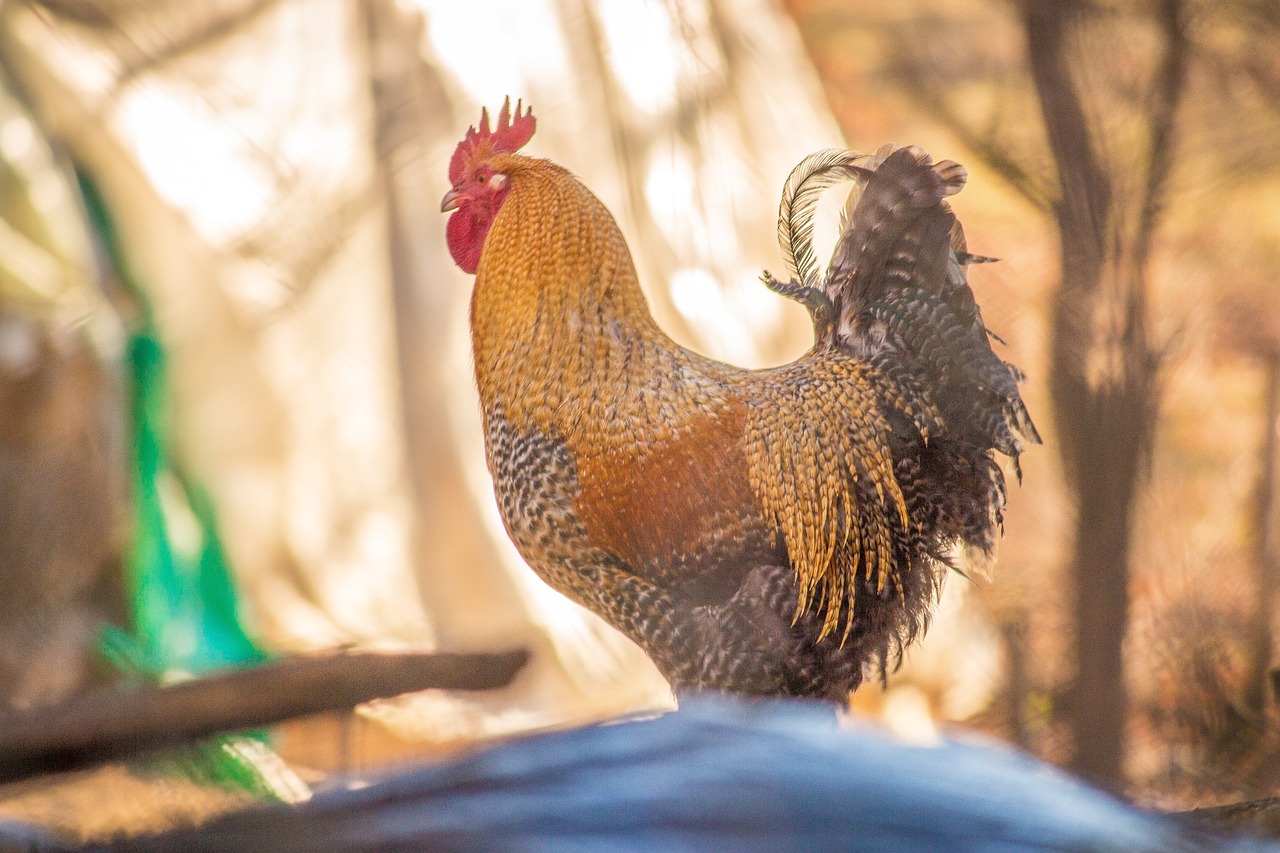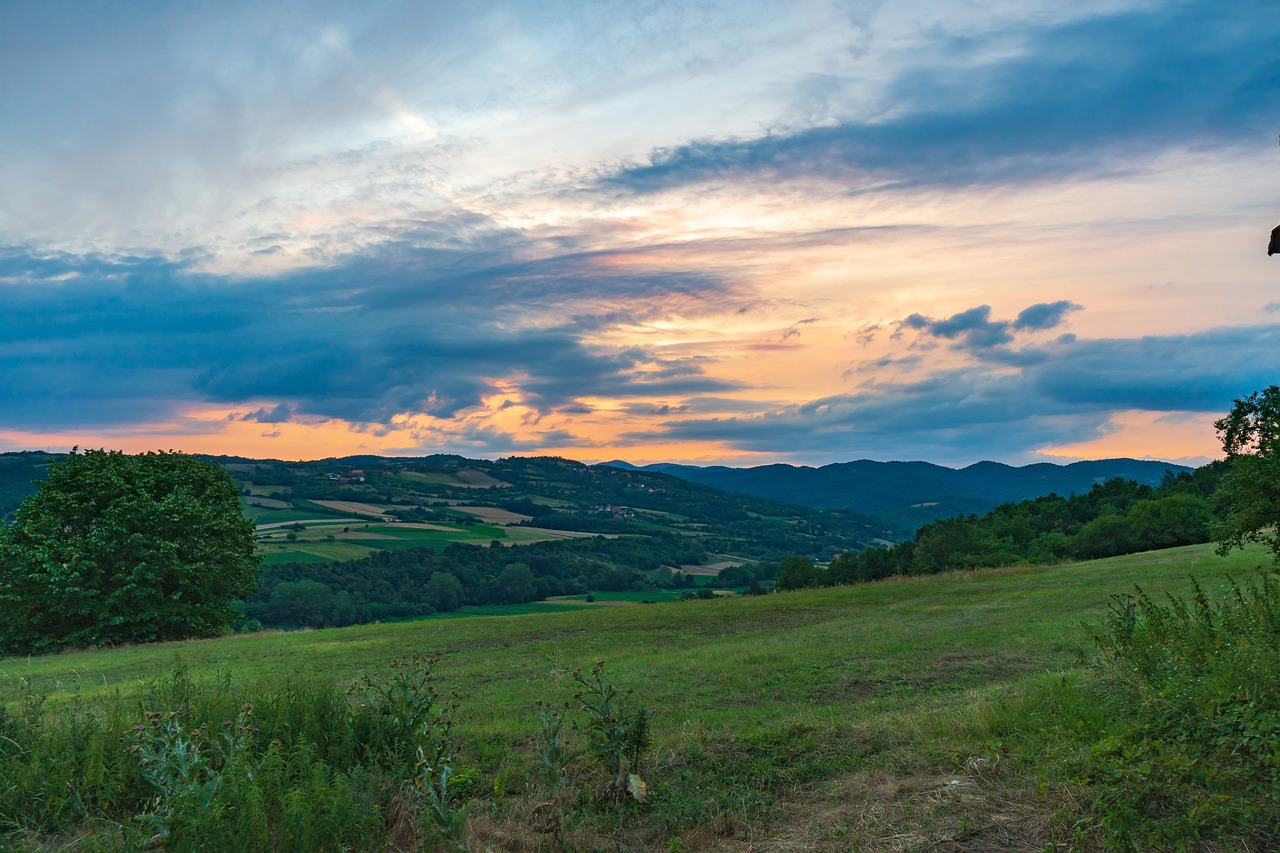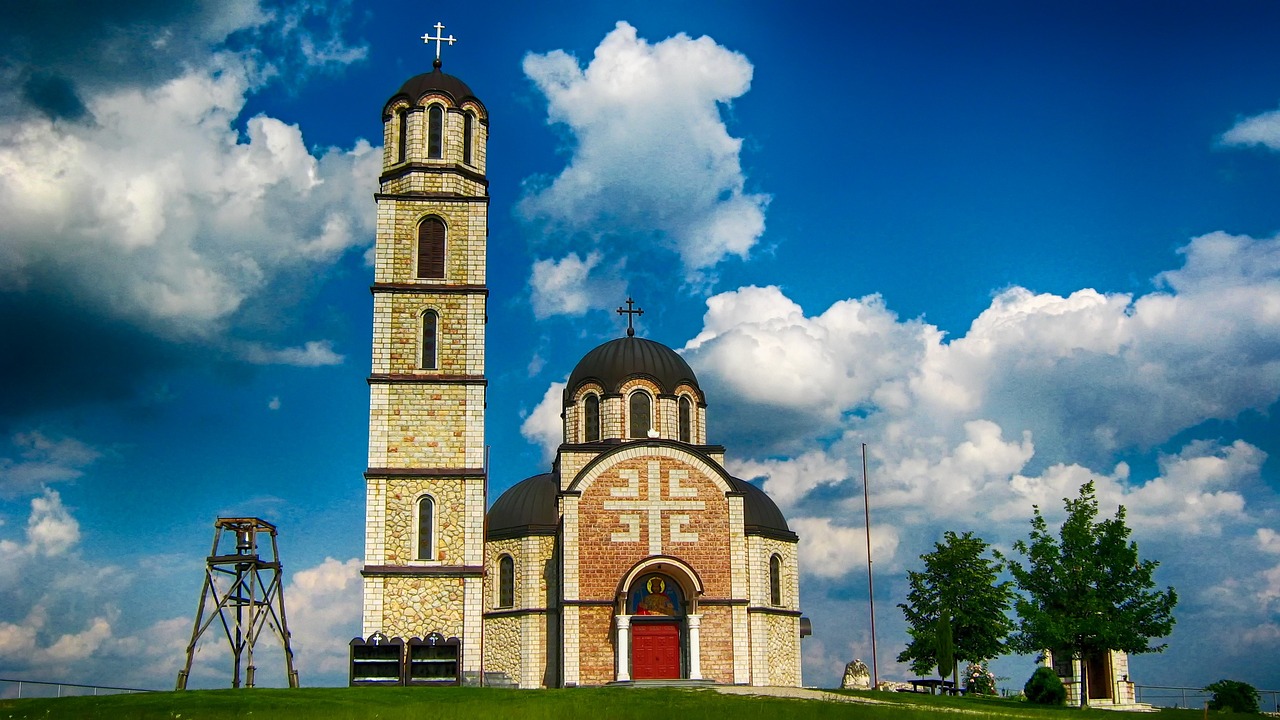Serbia Video
Cultural Sensitivities: Understanding Local Norms in Serbia
Serbia, a landlocked country located in the heart of the Balkans, is known for its rich history, vibrant culture, and warm hospitality. To truly immerse yourself in the Serbian experience, it is essential to understand and respect the local norms and cultural sensitivities. This article aims to provide a comprehensive guide to navigating Serbian customs and traditions, ensuring a positive and respectful interaction with the locals.
Language and Communication
Serbian is the official language of Serbia, and while many locals speak English, especially in urban areas, it is advisable to learn a few basic phrases in Serbian. This effort will be greatly appreciated by the locals and can help you establish a deeper connection with them. Here are some common Serbian phrases:
- Zdravo: Hello
- Molim: Please
- Hvala: Thank you
- Izvinite: Excuse me
- Da: Yes
- Ne: No
While communicating with Serbians, it is important to maintain a respectful and friendly demeanor. Handshakes are the customary greeting, and it is polite to address people using their titles and surnames until invited to use their first names.
Social Etiquette
Serbian society places great importance on hospitality and creating a welcoming environment for guests. When invited to someone’s home, it is customary to bring a small gift for the host, such as flowers or a bottle of wine. Removing your shoes upon entering the house is also considered polite.
- Kafa: Coffee is an integral part of Serbian culture, and it is common to be invited for a cup of coffee. Accepting this invitation demonstrates your interest in getting to know the person better.
- Rakija: Rakija, a fruit brandy, is often offered as a gesture of hospitality. It is customary to accept and take a small sip to show appreciation.
- Table Manners: When dining with Serbians, it is important to wait for the host to start eating before you begin. It is also polite to try a bit of everything served and to compliment the cook.
Religion and Customs
The majority of Serbians belong to the Serbian Orthodox Church, and religion plays a significant role in their daily lives. Visitors should be respectful when visiting churches or monasteries, dress modestly, and adhere to any specific rules or guidelines.
- Slava: Slava is a unique Serbian religious custom where families celebrate their patron saint. If invited to a Slava, it is an honor to attend and participate in the festivities.
- Krsna Slava: Krsna Slava is a special celebration of an individual’s patron saint. If you are invited to someone’s Krsna Slava, it is customary to bring a small gift for the host.
- Easter Traditions: Easter is a significant holiday in Serbia, and it is celebrated with various customs and traditions. These include painting eggs, attending church services, and partaking in festive meals.
Serbian Cuisine
Serbian cuisine is diverse and delicious, with a mix of influences from neighboring countries. Here are some traditional Serbian dishes you should try:
- Cevapi: Grilled minced meat sausages served with bread and onions.
- Sarma: Cabbage rolls stuffed with a mixture of meat and rice, cooked in a flavorful tomato sauce.
- Burek: A savory pastry filled with meat, cheese, or spinach.
- Ajvar: A delicious red pepper and eggplant spread, often served as a condiment.
Local Customs and Traditions
Serbia has a rich cultural heritage, and there are several customs and traditions that are unique to the country:
- Kolo: Kolo is a traditional Serbian circle dance performed at weddings and other festive occasions. Joining in the dance is a great way to experience Serbian culture firsthand.
- Slava Candle: During Slava celebrations, a special Slava candle is lit and placed in the center of the table. It is customary to make a wish silently while the candle burns.
- Handshaking: In Serbia, it is common for men to greet each other with a firm handshake, while women often greet each other with a kiss on each cheek.
Public Behavior and Dress Code
When visiting public places in Serbia, it is important to dress modestly and respectfully. Revealing clothing may be considered inappropriate, especially when visiting religious sites or rural areas.
- Smoking: Serbia has a relatively high smoking rate, and it is common for people to smoke in outdoor areas. However, smoking indoors is prohibited in public spaces.
- Tipping: Tipping in Serbia is not obligatory but is appreciated for good service. It is customary to round up the bill or leave a 10% tip.
- Queuing: While queuing is generally followed in Serbia, it may not be as strict as in some other countries. Be prepared for a more relaxed approach to waiting in line.
Image 1: Serbia

Arts and Festivals
Serbia has a vibrant arts scene and hosts numerous festivals throughout the year. Here are some notable events:
- EXIT Festival: One of Europe’s biggest music festivals, attracting renowned artists and music lovers from around the world.
- Guca Trumpet Festival: A celebration of traditional Serbian brass music, featuring lively performances and competitions.
- BELDOCS: An international documentary film festival showcasing thought-provoking documentaries from around the globe.
Image 2: Serbia

Outdoor Activities
Serbia’s diverse landscapes offer ample opportunities for outdoor enthusiasts. Whether you enjoy hiking, skiing, or exploring natural wonders, Serbia has something for everyone:
- Kopaonik National Park: A popular ski resort during winter and a beautiful hiking destination during summer.
- Iron Gate: A stunning gorge on the Danube River, perfect for boat cruises and admiring the scenic beauty.
- Tara National Park: Known for its lush forests, deep canyons, and the enchanting Drina River.
Local Crafts and Souvenirs
When visiting Serbia, consider purchasing unique local crafts and souvenirs as a memento of your trip. Here are some popular choices:
- Rug Making: Traditional Serbian rugs are intricately woven and make for beautiful home decor.
- Woodcarvings: Handcrafted wooden items, such as figurines and household items, showcase Serbia’s rich woodworking tradition.
- Rakija: Bring home a bottle of Serbian rakija, a popular fruit brandy available in various flavors.
Image 3: Serbia

Conclusion
By understanding and respecting the cultural sensitivities and local norms in Serbia, you can enhance your travel experience and create meaningful connections with the people you meet. Remember to embrace the Serbian traditions, try the delicious cuisine, and explore the country’s rich history and natural beauty. Enjoy your journey through this captivating Balkan nation!
References
- serbia.travel
- timeout.com/belgrade
- nationalgeographic.com


